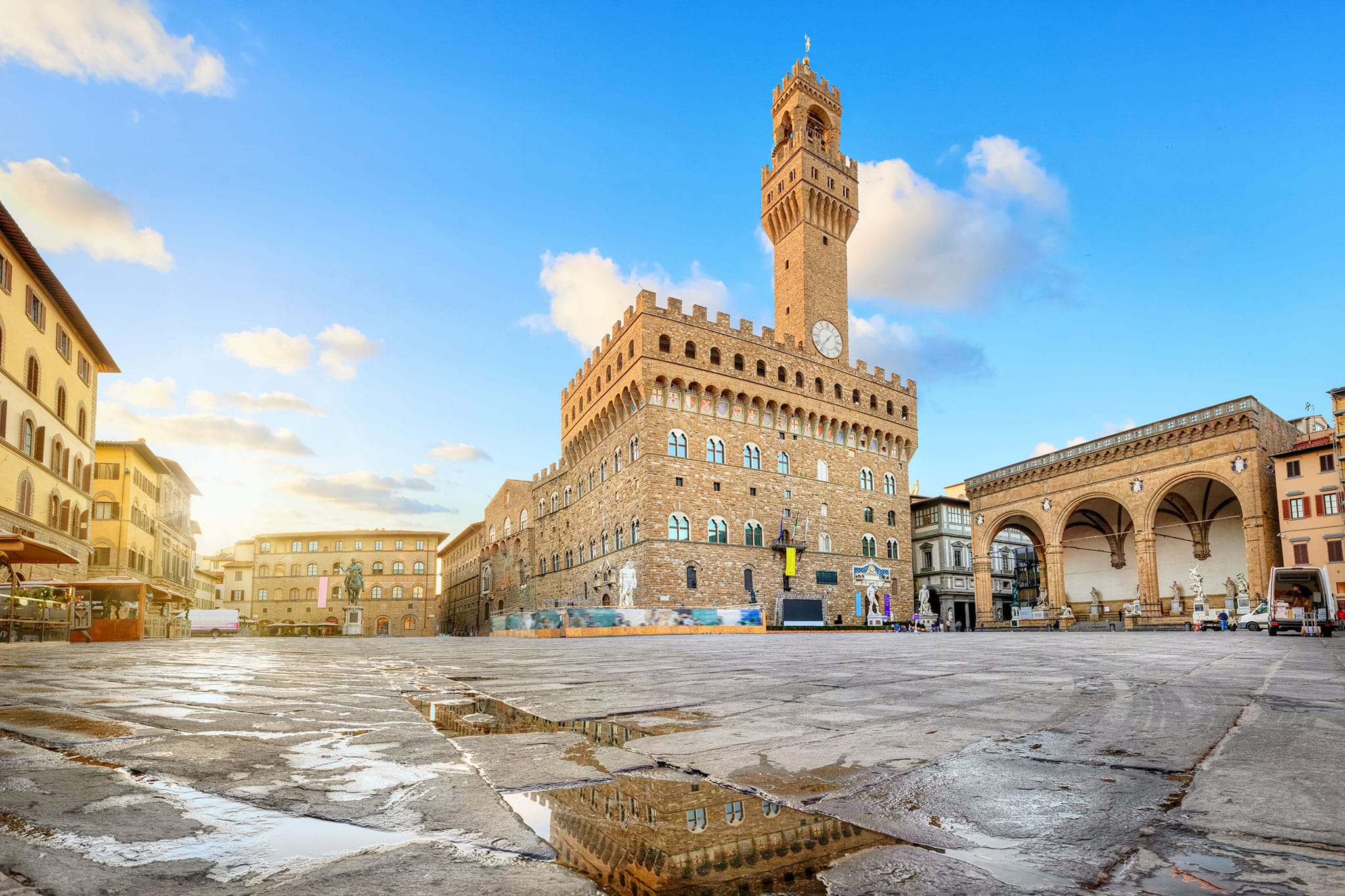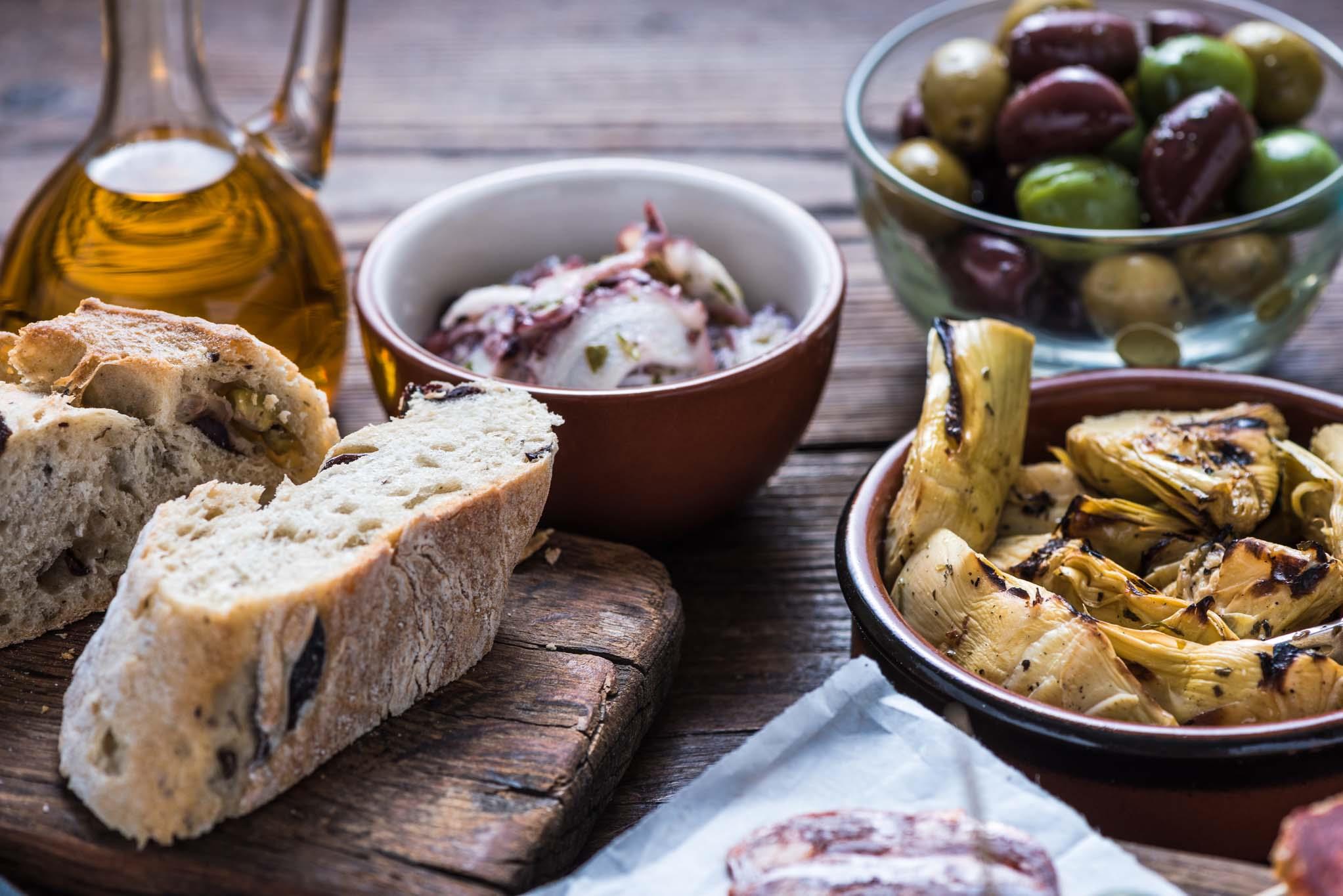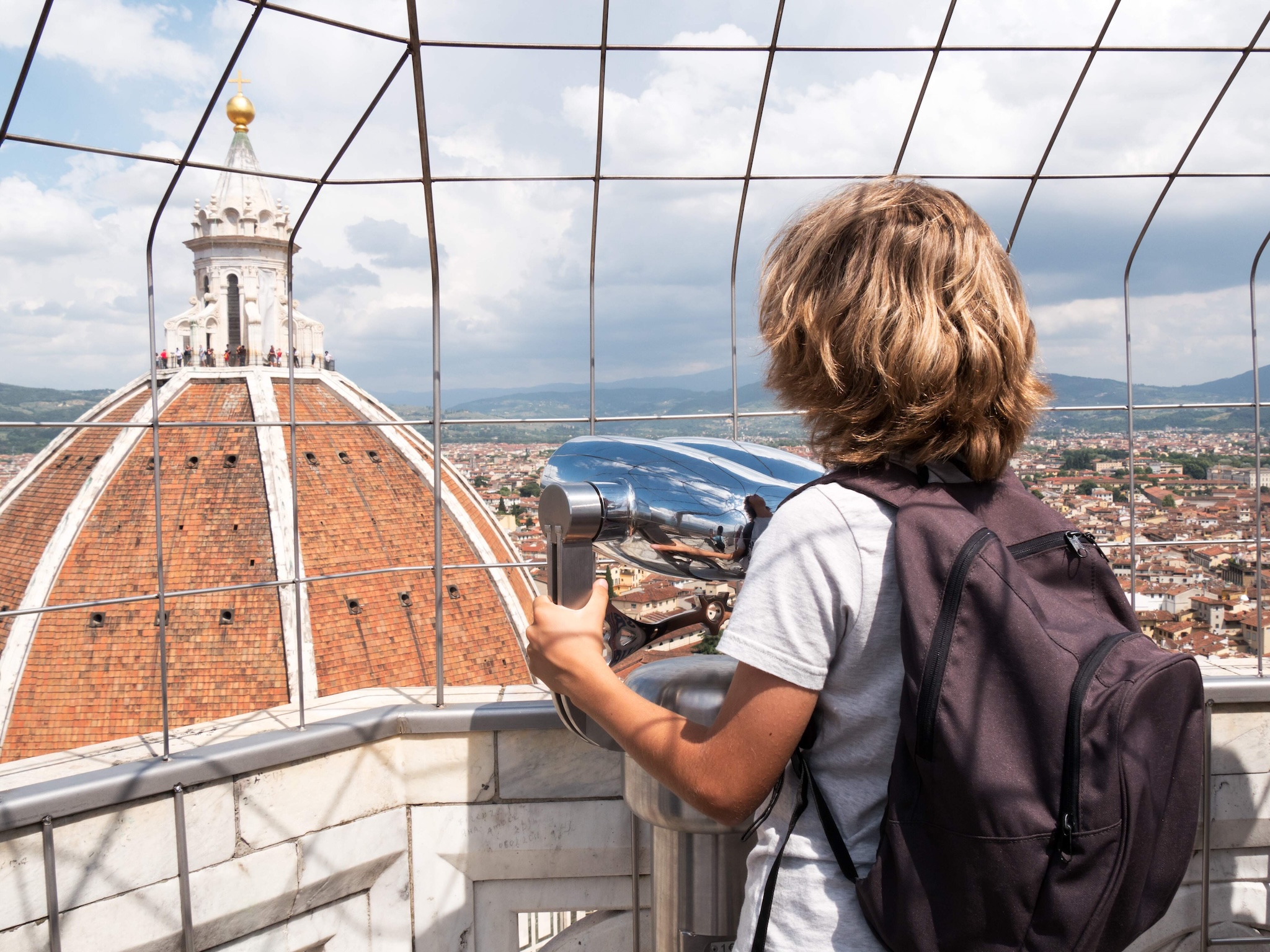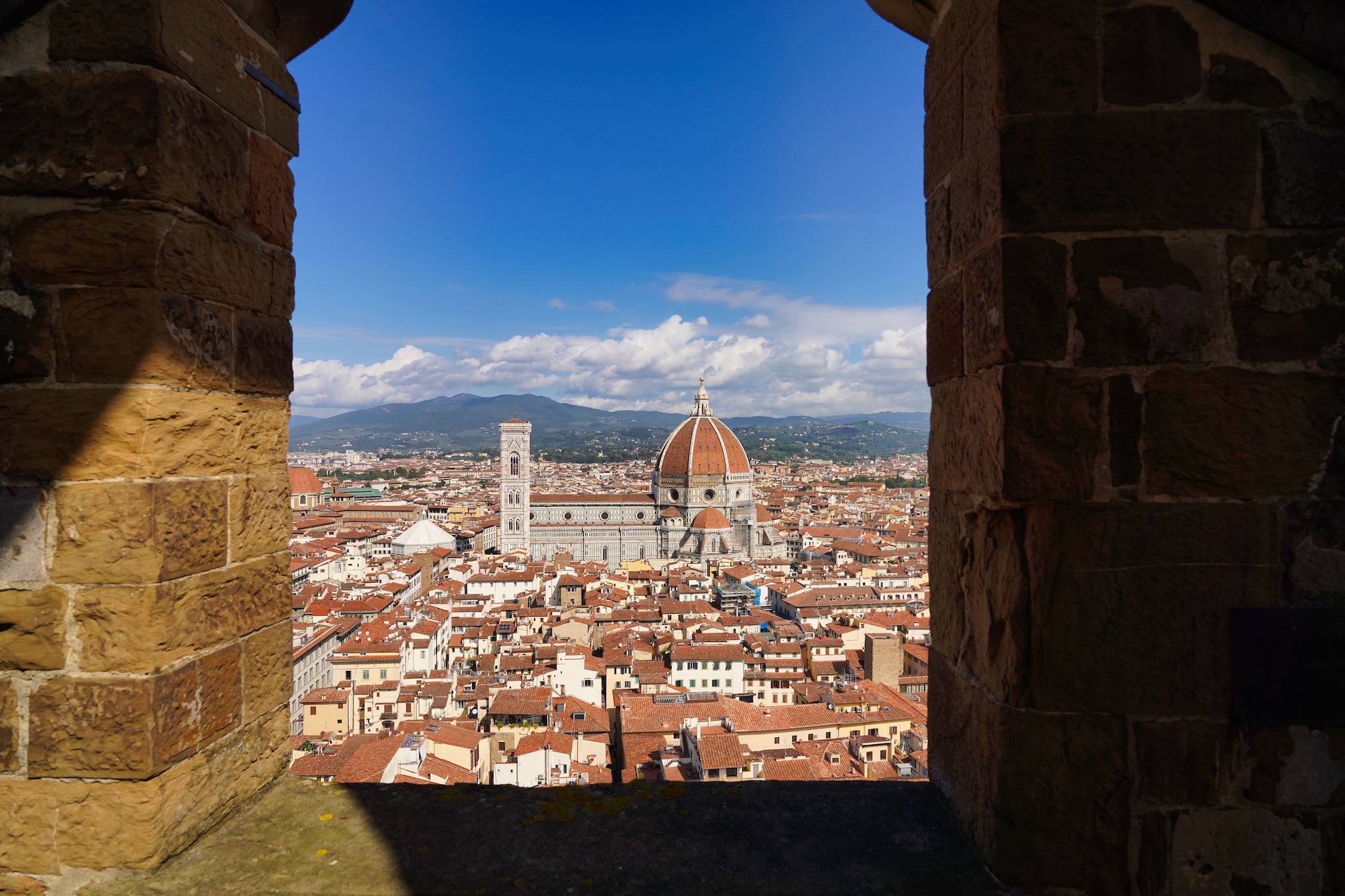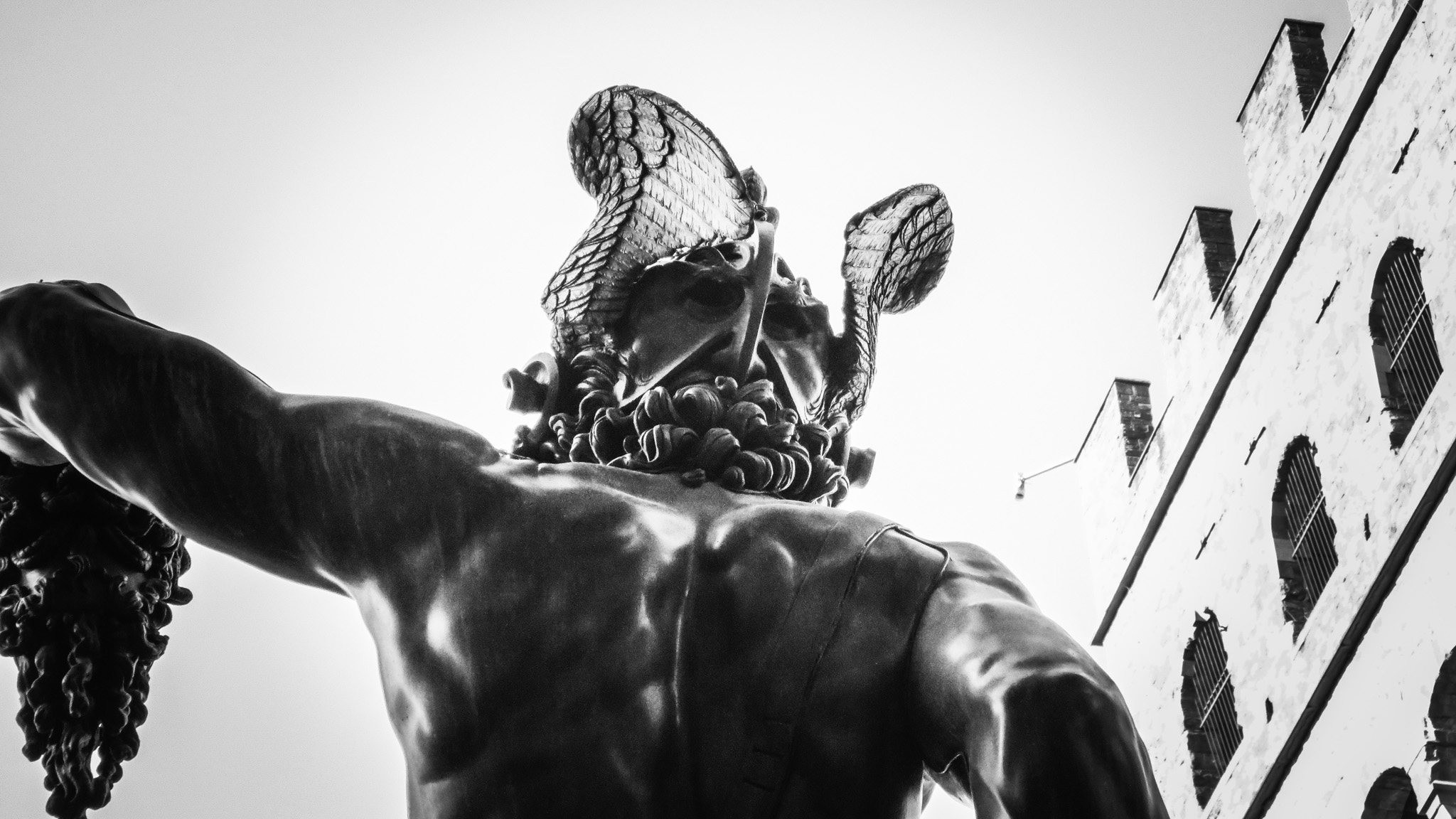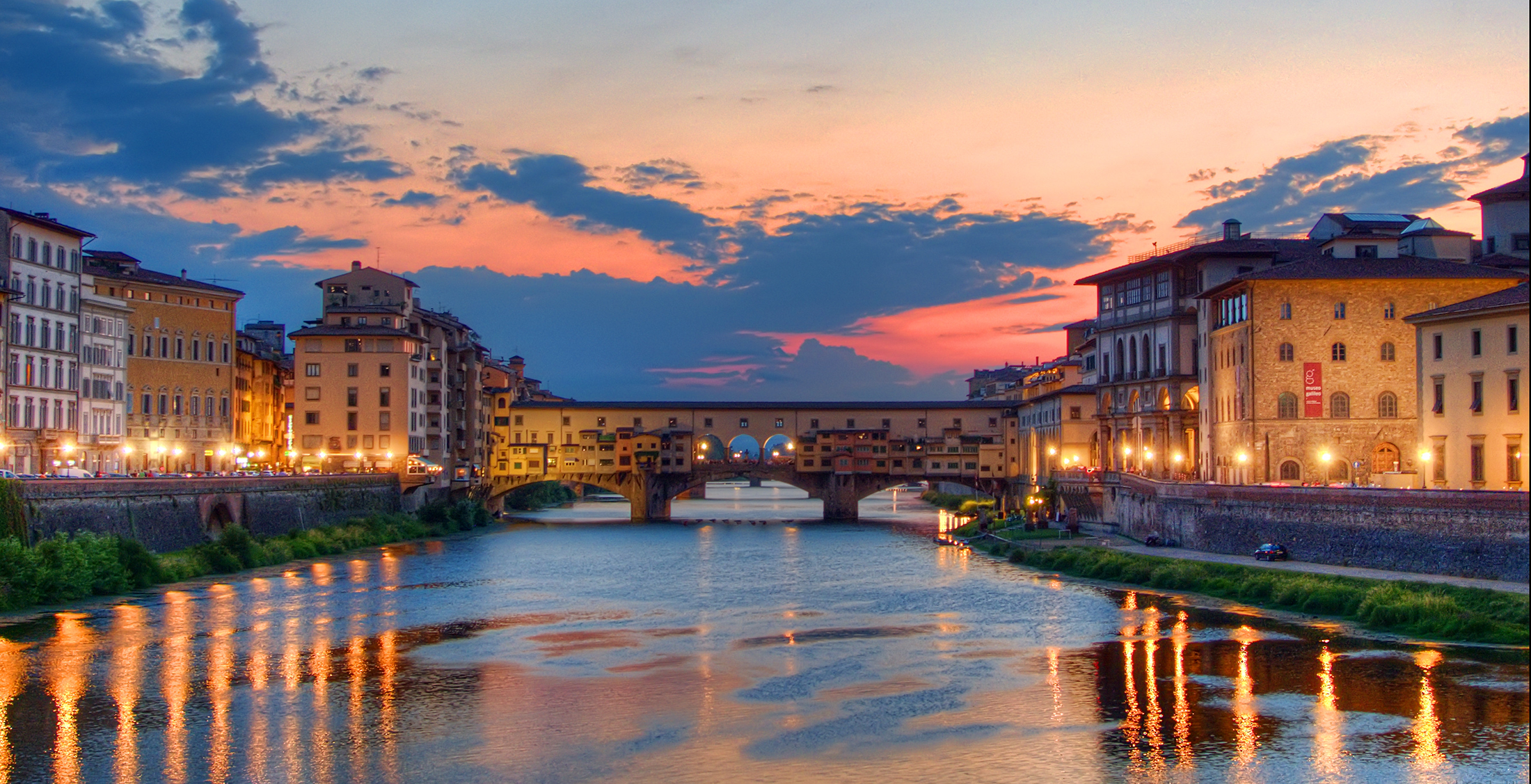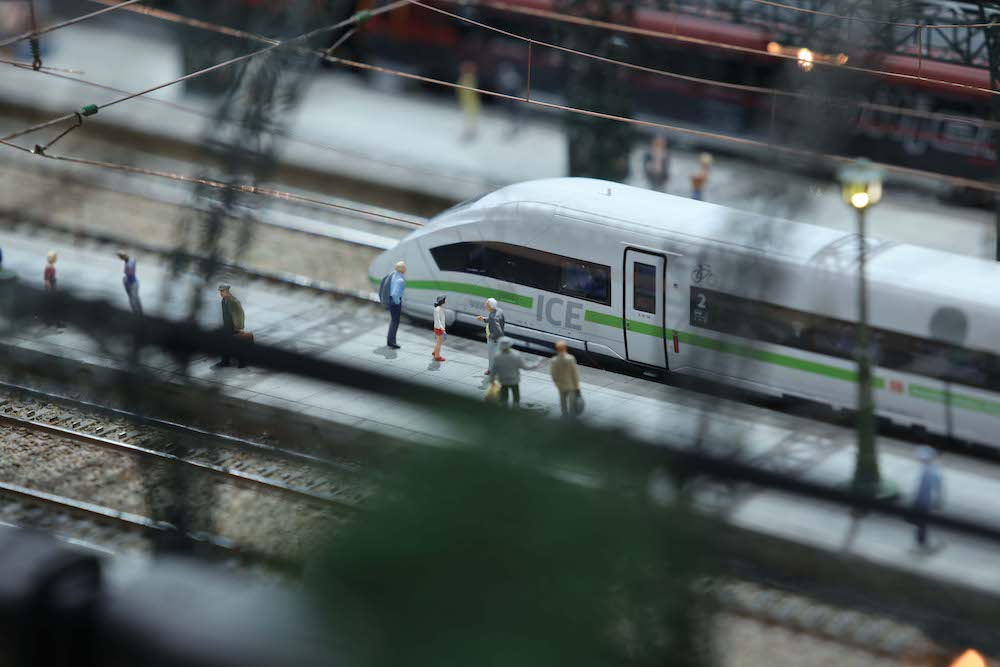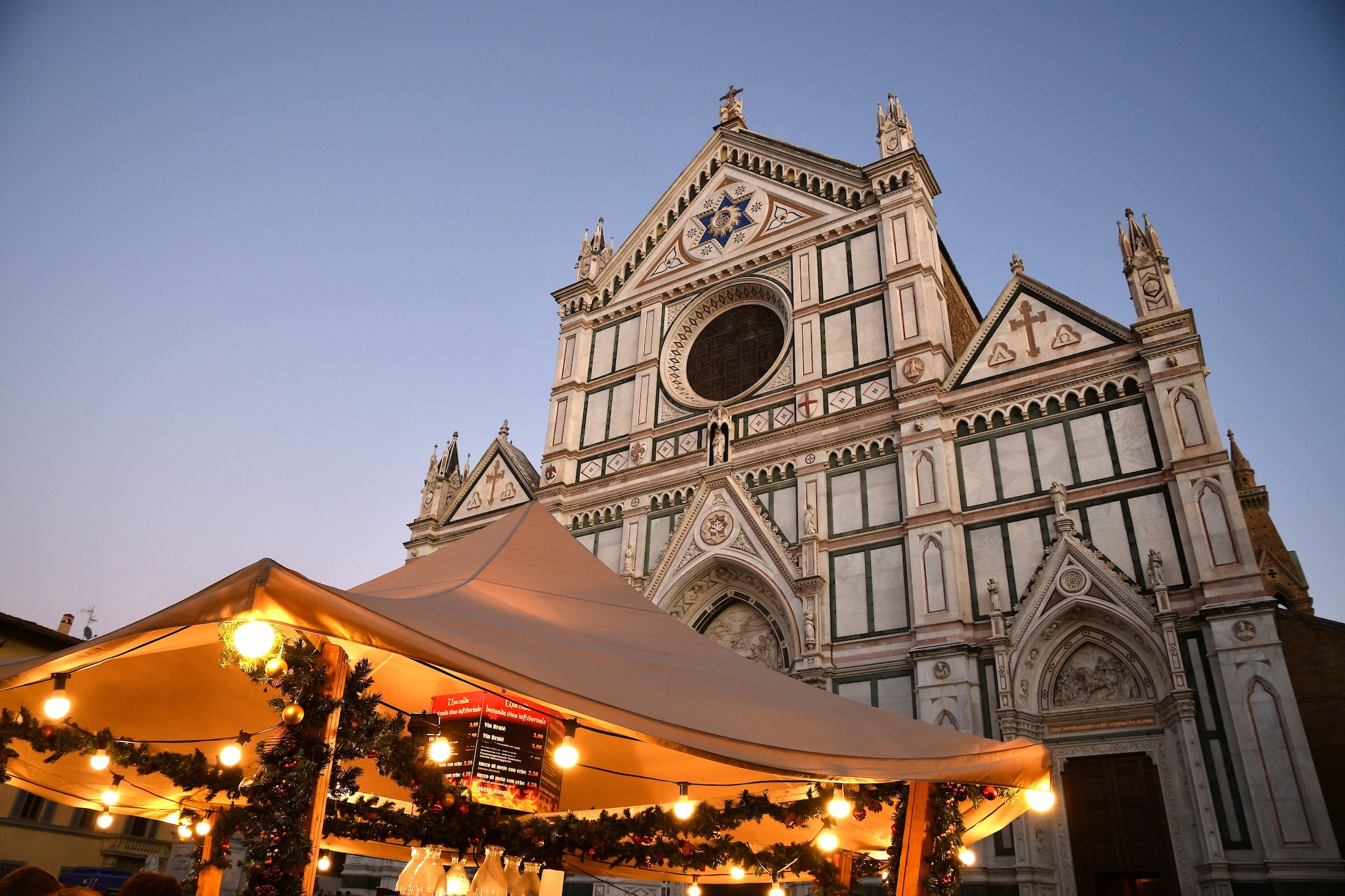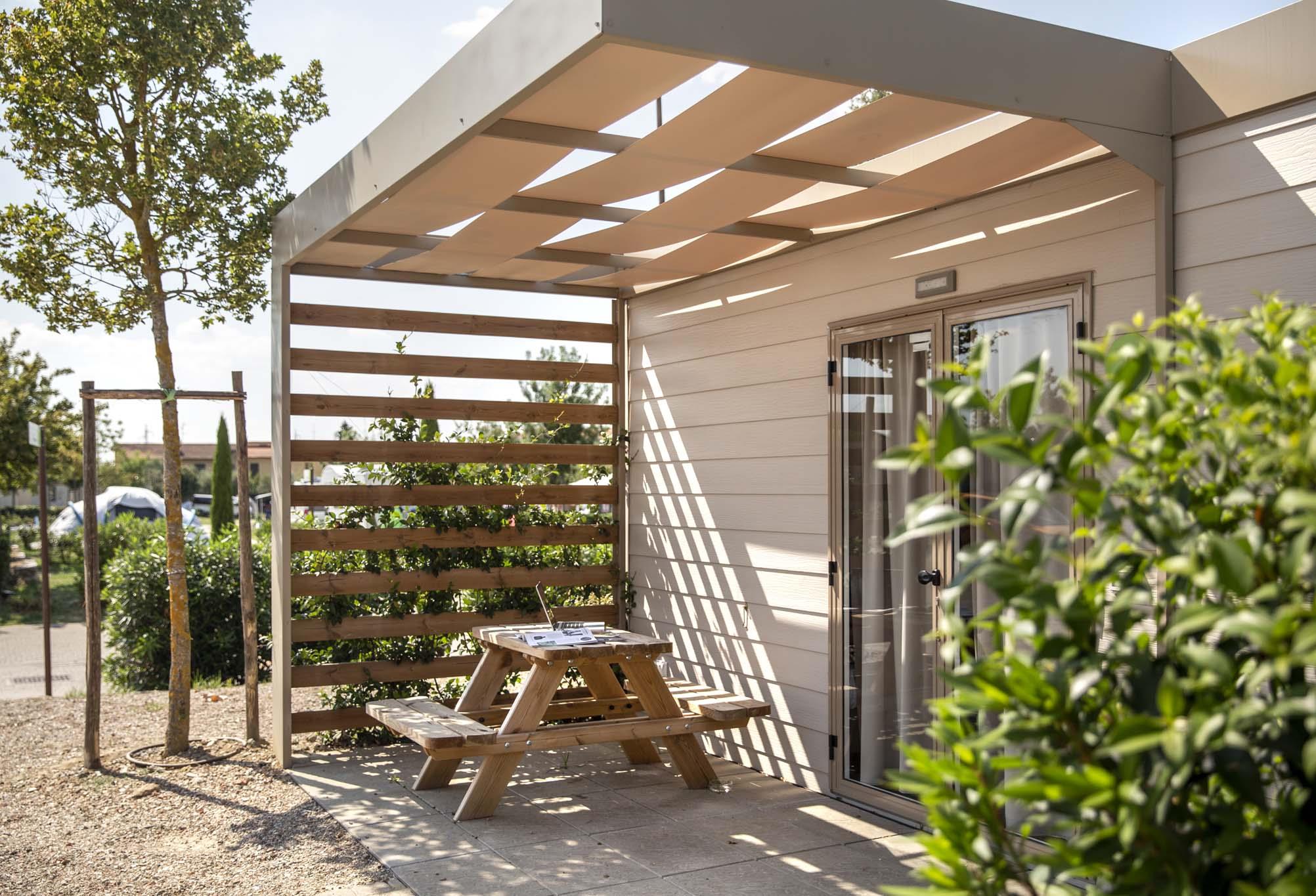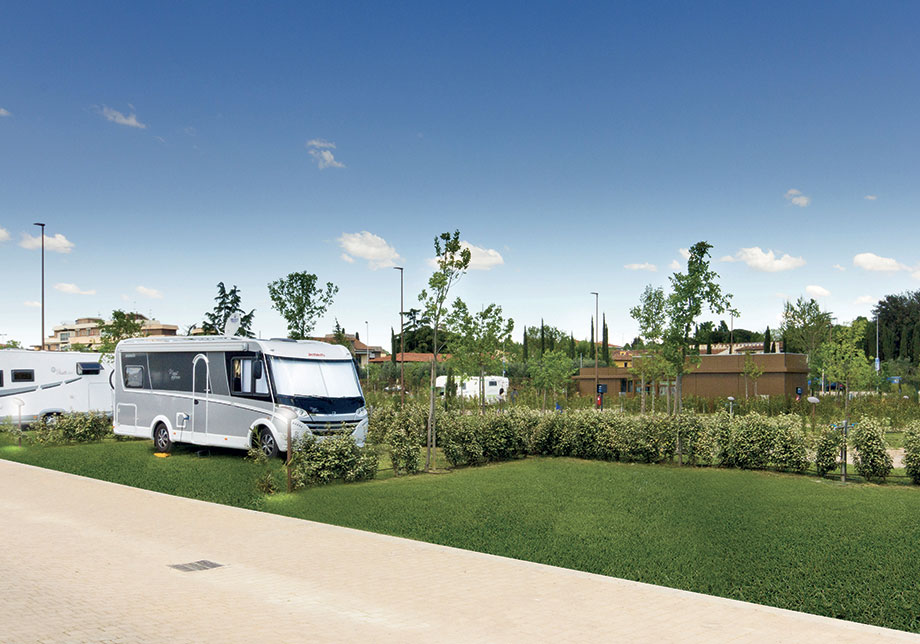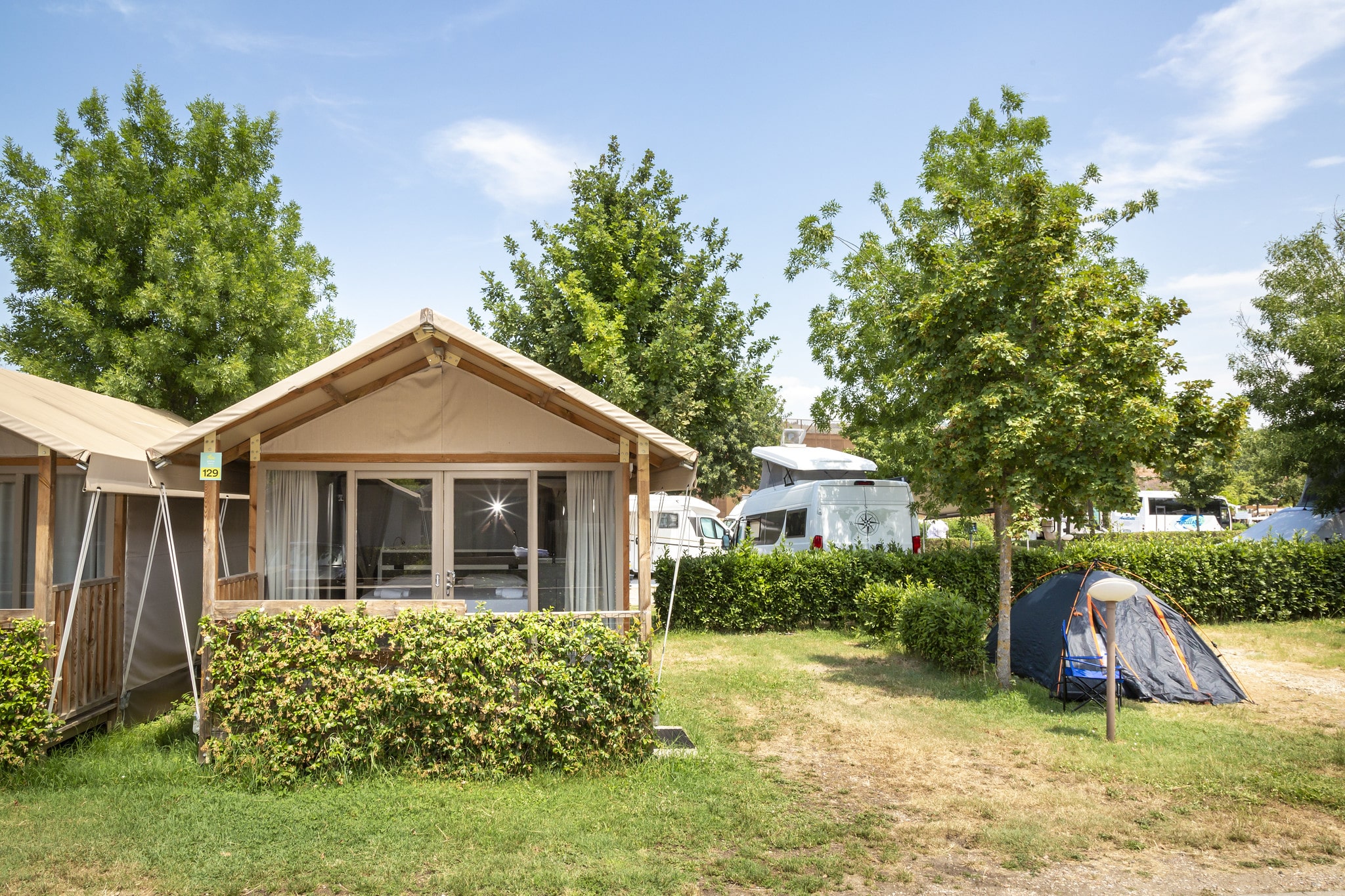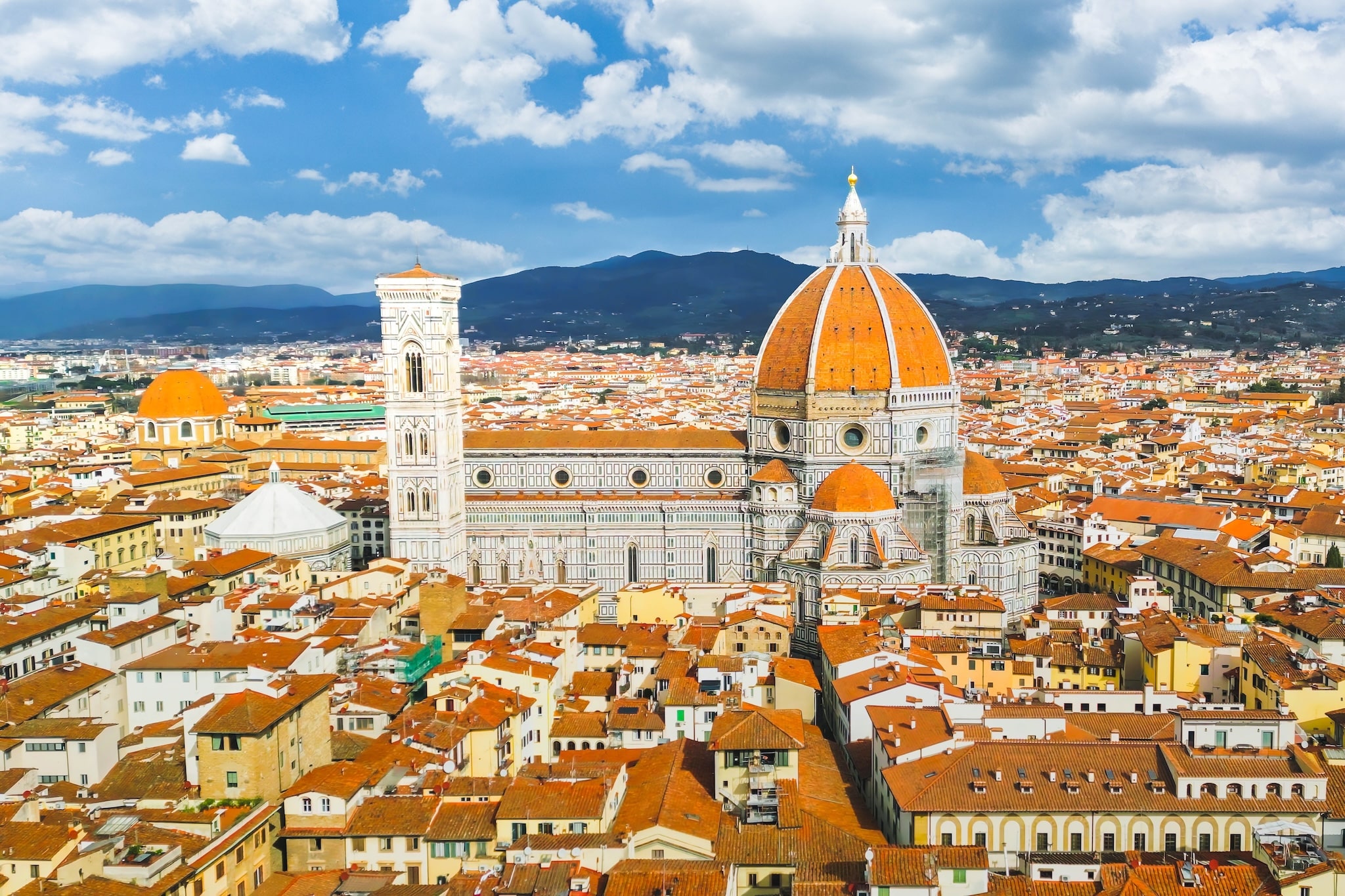
It would be simplistic to think that the Renaissance is just like any other historical period written up in the textbooks, in truth, it was an era that reinvented the world view though an intense curiosity that endeavoured to achieve harmony and beauty. Florence is perhaps the city that tells this story best. It is an open-air museum where centuries of artistic genius and innovation are revealed in its masterful art works and buildings, imagined by the architects who have turned this city into a global symbol of art and architecture. A stroll through the streets of the old city centre is a journey through art history: every stone and every façade exudes a creativity, boldness and harmony that continue to inspire architects and artists the world over.
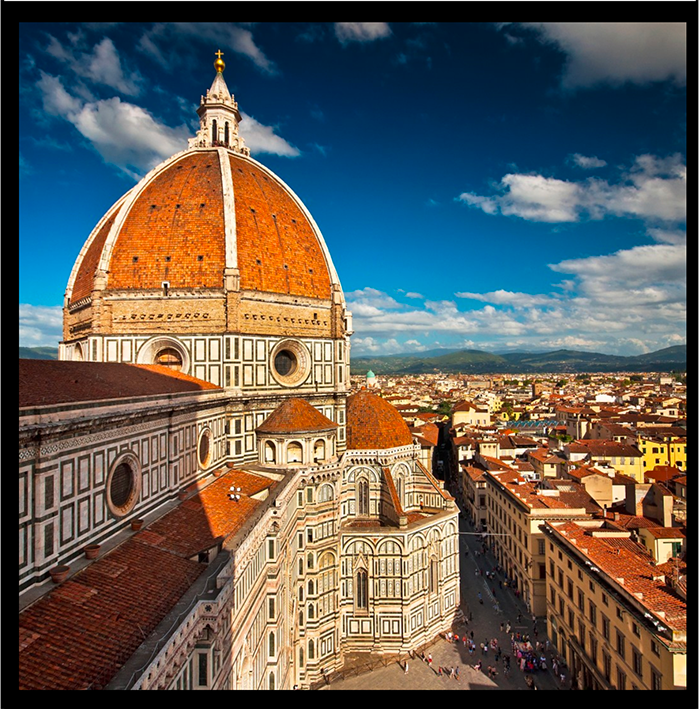
Duomo of Florence
For those fond of sacred buildings
The itinerary begins at the majestic Cathedral of Santa Maria del Fiore, the sublime masterpiece by Filippo Brunelleschi. Its dome, revolutionary for its time, is still a symbol of architectural flair and ingenuity. Brunelleschi completely subverted medieval construction concepts, designing a self-supporting dome that has remained an engineering enigma for centuries. The immense structure, over 100-metres high, is a triumph of technique and beauty that dominates the Florentine skyline.
Next on the list is Santa Maria Novella, the work of Leon Battista Alberti, which is one of the earliest examples of Renaissance architecture. The façade, with its elegant volutes covered with marble inlays, is a model of harmony and proportion. Continue on to the Basilica of Santa Croce, another extraordinary example of Renaissance architecture, where Some of Italy’s most illustrious geniuses, from Michelangelo to Galileo, have been laid to rest.
Don’t miss the Basilica of San Lorenzo, designed by Filippo Brunelleschi, the first true Renaissance church with an essential and harmonious architecture that has influenced generations of architects. End your tour at San Miniato al Monte, a basilica that predates the Renaissance but is a precursor to its architectural style. Its polychrome marble façade and panoramic location offer a stunning view of Florence.
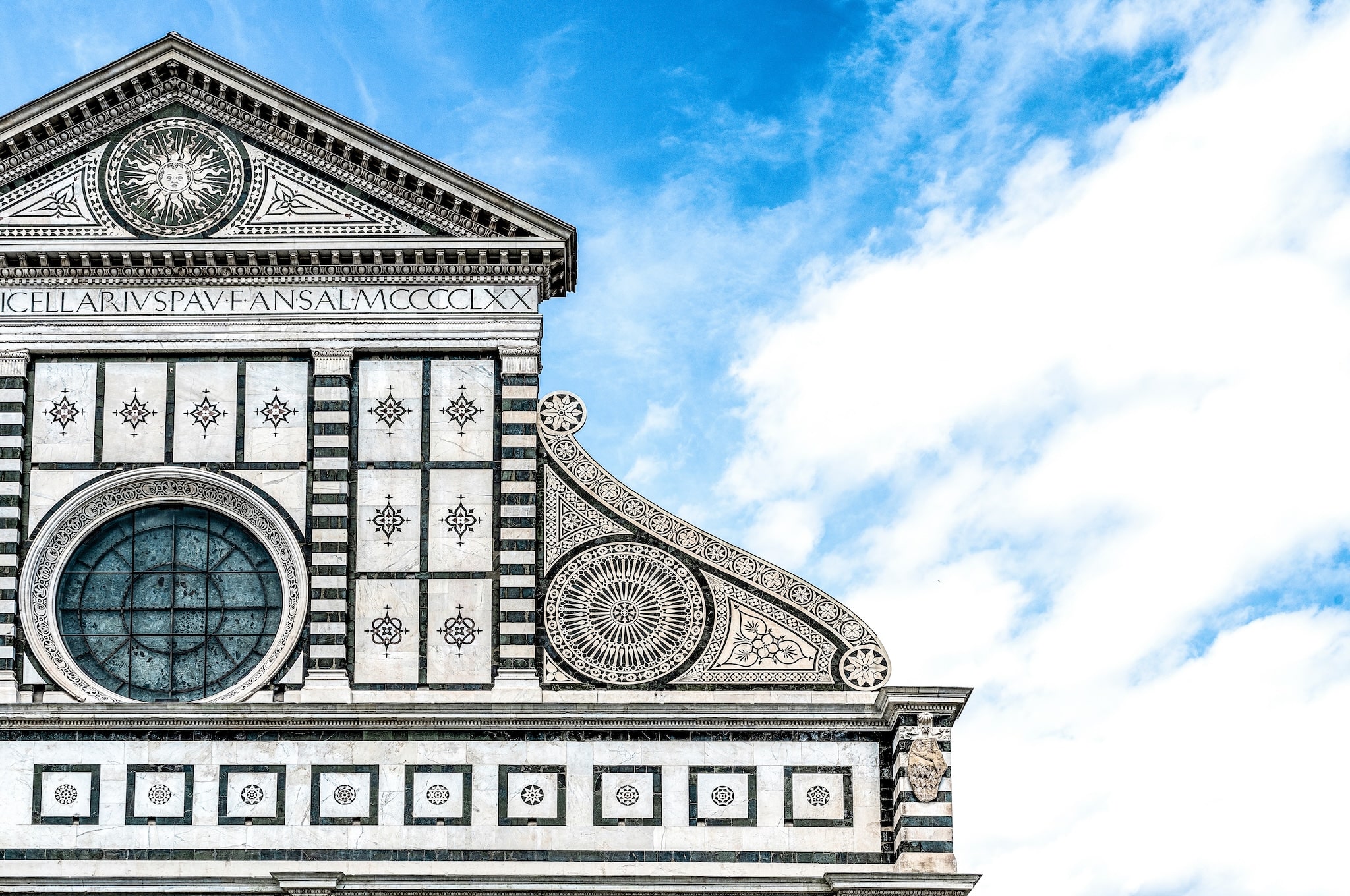
Santa Maria Novella
For those who prefer spectacular buildings
At the political heart of Florence, the Palazzo Vecchio is a remarkable building and excellent starting point for your itinerary. Designed by Arnolfo di Cambio at the end of the 13th century, it embodies the power of the Florentine Republic. Its crenelated tower and frescoed rooms are custodians to centuries of history and are encircled by an architecture that blends medieval and Renaissance elements.
The Uffizi Gallery is the next pearl to discover, designed by Giorgio Vasari to house the Medici family's art collection, it’s an architectural masterpiece that now belongs to the people. The U-shaped structure was innovative for the time, creating a new concept of public and institutional space.
Walk to the Ponte Vecchio then pause to absorb the sheer wonder of it all: originally designed in 1345, it has been rebuilt several times, but its essence remains intact. The shops overlooking the bridge are an architectural unicum that recount the commercial history of Florence, with its goldsmith and merchant shops.
The last three stops include the Palazzo Strozzi, a pinnacle of Renaissance civil architecture with its inner courtyard and stone façade, a superb example of elegance and symmetry, and the Medici Chapels, designed by Michelangelo, a unique fusion of sculpture and architecture, unrivalled in its beauty.
End your itinerary at Palazzo Pitti, the Medici residence, a majestic example of civil architecture initially designed by Luca Fancelli and later enlarged to represent the power and wealth of Florence’s ruling family.
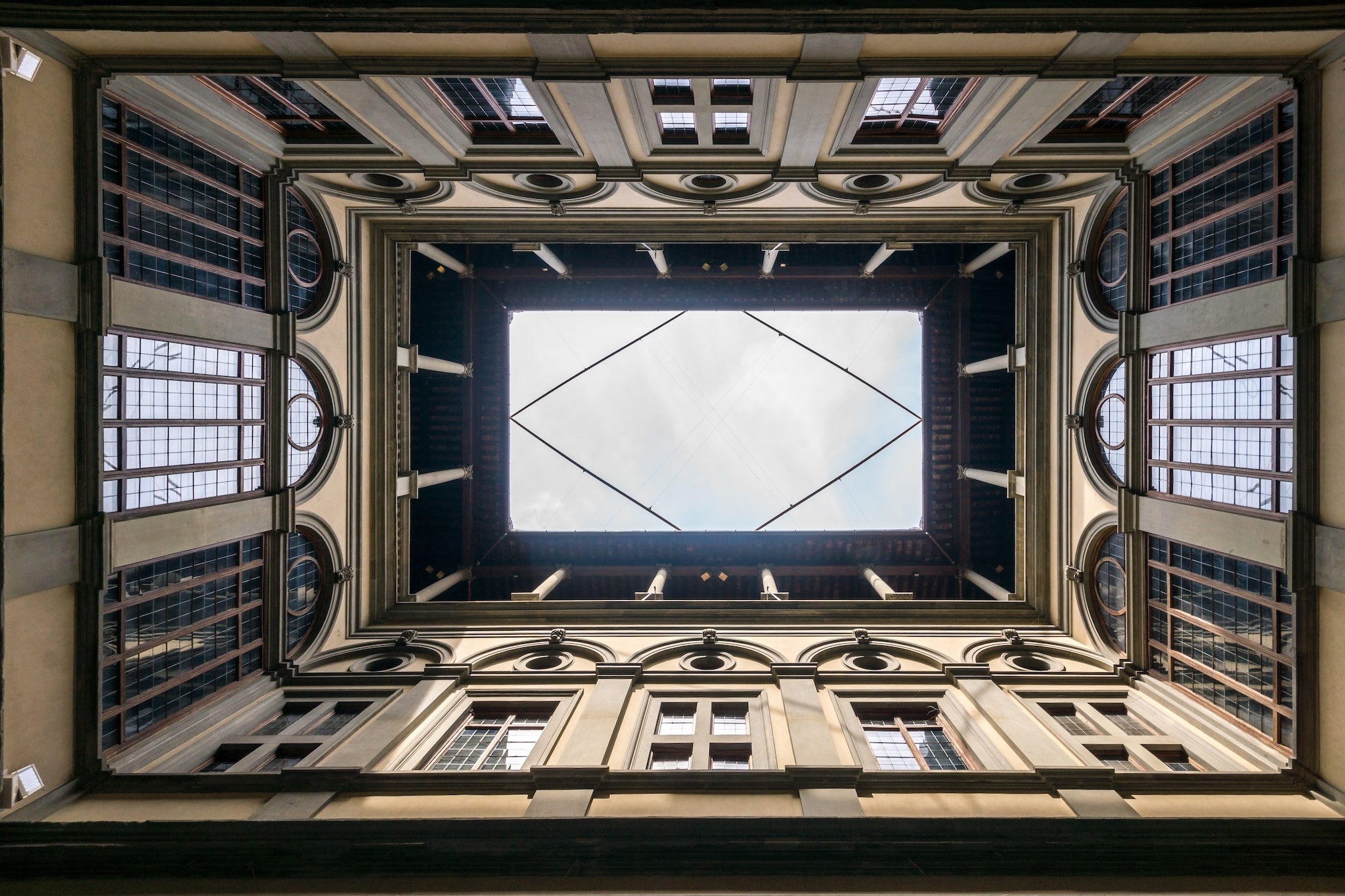
Palazzo Strozzi


